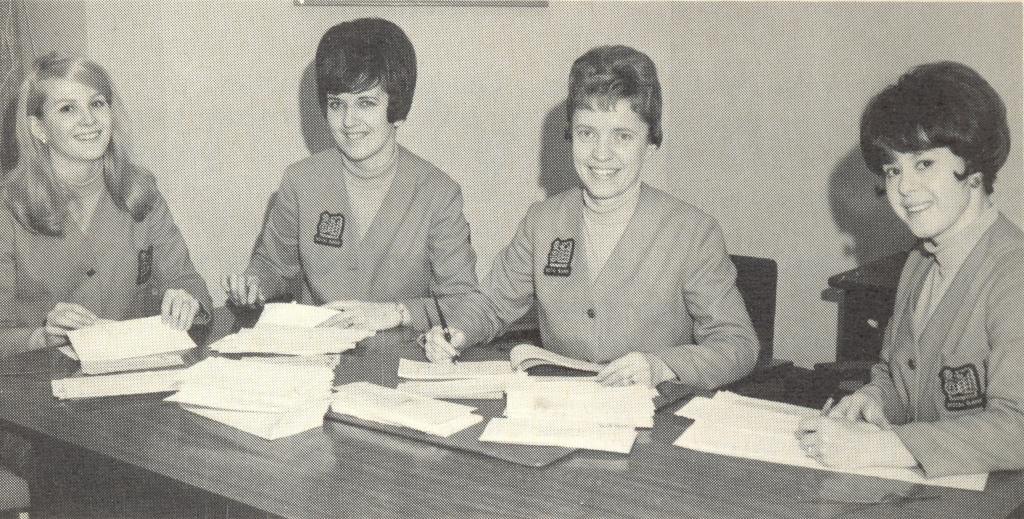Our History
Celebrating Our History
Explore our early years in Halifax in the 1860s, to our global expansion through offices in Canada, the U.S. and 49 other countries around the world.
Our Recent Past
The recent past has been called the digital era, one marked by accelerated advancements in technology for both business and personal use.
In Remembrance
This section is dedicated to all Royal Bank employees who served in the First World War and the Second World War, and to those employees who contributed to the war effort on the home front.
Virtual Exhibits
Historical Footage
Take a tour of Royal Bank by viewing historical video footage.

RBC Letter
The RBC Letter (formerly Royal Bank Monthly Letter) was launched in April 1920 to convey information and commentary on financial and economic matters. In 1943, it was transformed into a general interest essay series that tried to help people understand the world around them as well as their own lives. Although new RBC Letters are rarely published, the collection still serves as a resource for educators, companies and governments around the world.
Researchers Toolkit
RBC Media Newsroom
View Royal Bank’s developments, announcements and achievements through our news release archive.
RBC Annual Reports
View our Annual Reports by selecting a year and the information you are interested in reviewing.
Corporate Responsibility
Learn about our performance in six key areas that illustrate our community and sustainability strategy. View yearly highlights in our Corporate Responsibility Reports.
Diversity Progress Reports
The Diversity Progress Report is one way for us to share the diversity and inclusion activities that have taken place across the organization.
Awards and Recognition
A company’s reputation is built in part by what people say about it. We feel privileged to have received these honours.

